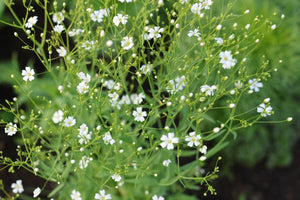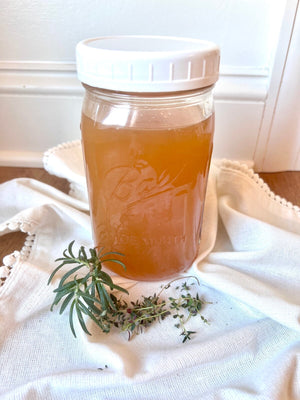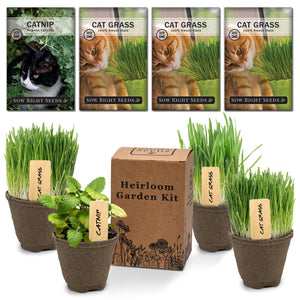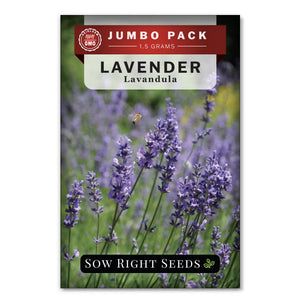Topics
Grow Bell Pepper and Hot Pepper - Mixed Heirloom Peppers Garden Kit Guide
Growing guidesPeppers can be a real pick-me-up to many types of dishes, and trust me when I say that homegrown peppers from seed always deliver that extra spice or texture you're missing. We're excited to help you get growing with this Mixed Pepper Starter Kit!
In a variety of colors and sizes, these pepper seeds run the range from mild and sweet to hot and spicy. Stuffed, fried, pickled, and roasted, there are many ways to enjoy peppers. Add them to stir-fries, fajitas, hummus, scrambled eggs, and so much more.
Pepper Starter Kit Guide

To get your Pepper Garden growing:
- Start by following the instructions for hydrating the soil discs. Once the soil is expanded and in pots, you are ready to start planting.
- Plant the seeds according to the instructions for each specific seed packet.
Knowing how and when to water is vital:
- Water by misting until the seeds start to sprout.
- Take care that the seeds don’t dry out too quickly - seeds need to stay moist but not waterlogged to sprout.
- Once the seedlings are growing, continue to keep the soil moist. Less frequent but more deep watering will encourage root growth.
- The pot should not dry out completely between waterings, just the top layer of soil.
Additional growing tips:
- Get ready for some heat! The sun is a best friend to a pepper growing, so provide a warm spot to germinate. Usually 70 degrees and above.
- The fiber pots included in the kit make transplanting easy. Peppers should be transplanted to larger pots 3-4 weeks after sprouting.
Now that you've got your peppers growing and the watering down, you'll want to consider the other thing that plants need - food. The soil that comes in your kit has the added amendments that create a fertile growing environment. When you transplant to a garden or larger pots, you may need to add fertilizer.
You will need to transplant your peppers so they reach their full potential.
Start preparing the peppers to move outside when they are about 6” tall. Begin by placing them in a shady spot just a few hours a day to harden off the seedlings. Each day increase their time outside, giving them time to adjust to the windy and temperamental weather outdoors. Take care not to plant them outside until the soil is above 60 degrees. You may also consider growing peppers in containers if you have less garden space.
Choose a sunny spot so the pepper plants can thrive.
With their beautiful foliage and colorful peppers, they can add beauty to flower beds and traditional vegetable gardens. Pepper plants are generally strong, but they still benefit from the support of a tomato cage to keep them upright when they are loaded with peppers.
Harvesting and using your peppers:
- Picking peppers when they are at their full size and color will encourage the plants to produce more fruit.
- Peppers can be refrigerated for up to 10 days, but with so many yummy ways to eat them, they may not last that long.
- When cutting peppers, take care. The oily compound, capsaicin, is what brings the heat. It can burn if it gets in your eyes or nose. Wear gloves to protect your hands. Wash knives and cutting boards before using them for other foods.
Have more growing questions? At Sow Right Seeds, we love gardening, and we want your experience to be successful. Explore our Planter's Library for more growing tips, and check out our selection of herb, flower, and vegetable varieties to see what you'd like to grow next!










Leave a comment